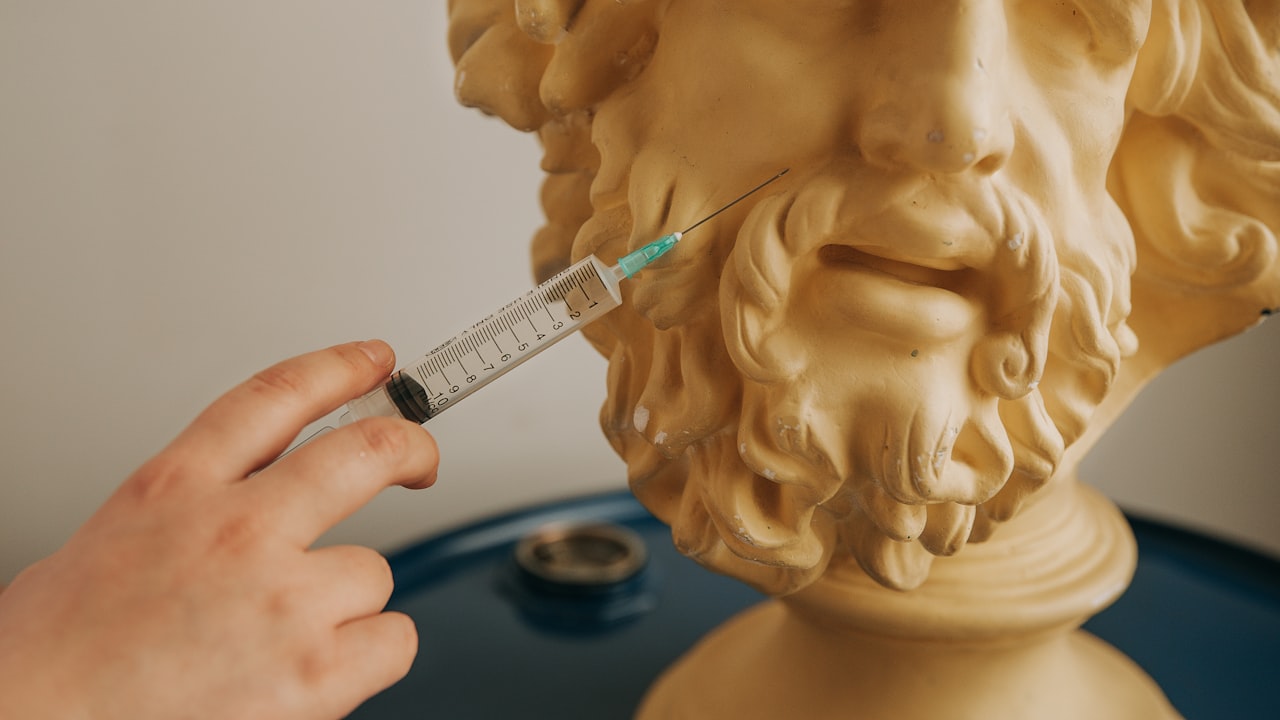Title: “Innovations in Injection Moulds: Revolutionizing Manufacturing Processes”
Injection molds play a crucial role in the manufacturing industry, enabling the mass production of various products with precision and efficiency. As technology advances, innovations in injection molds are revolutionizing the way products are made, transforming manufacturing processes in injection mold factories worldwide.
One of the key developments in injection molds is the use of advanced materials and manufacturing techniques. Injection mold suppliers are constantly exploring new materials that offer enhanced durability, wear resistance, and heat conduction properties. By incorporating these materials into the design of molds, manufacturers can achieve higher production yields and reduce overall production costs.
Furthermore, the integration of digital technologies such as computer-aided design (CAD) and computer-aided manufacturing (CAM) has significantly improved the efficiency and accuracy of injection mold production. Designers can now create intricate mold designs with complex geometries, which were previously deemed impossible. This level of precision allows manufacturers to meet the strict quality standards demanded by today’s competitive market.
Another notable trend in the injection mold industry is the adoption of automation and robotics in manufacturing processes. Automated systems can handle repetitive tasks with speed and consistency, leading to increased productivity and faster turnaround times. Injection mold factories are investing in state-of-the-art robotic systems to streamline their production lines and ensure seamless operations.
In addition to enhancing efficiency, innovations in injection molds are also focused on sustainability and eco-friendliness. By optimizing the design of molds and production processes, manufacturers can minimize material waste and energy consumption, reducing their carbon footprint. This shift towards sustainable practices not only benefits the environment but also helps companies win the favor of environmentally-conscious consumers.
In conclusion, the continuous advancements in injection molds are reshaping the landscape of the manufacturing industry. From improved materials and digital technologies to automation and sustainability initiatives, injection mold factories are at the forefront of innovation, driving the evolution of manufacturing processes. As the demand for high-quality products continues to rise, the role of injection molds in achieving manufacturing excellence is more crucial than ever.

 Title: Exploring the Advancements in Injection Moulds
Title: Exploring the Advancements in Injection Moulds Title: “Innovations in Plastic Injection Molds: Driving Industry Excellence”
Title: “Innovations in Plastic Injection Molds: Driving Industry Excellence” Title: Design Trends and Innovations in Injection Molding Molds
Title: Design Trends and Innovations in Injection Molding Molds